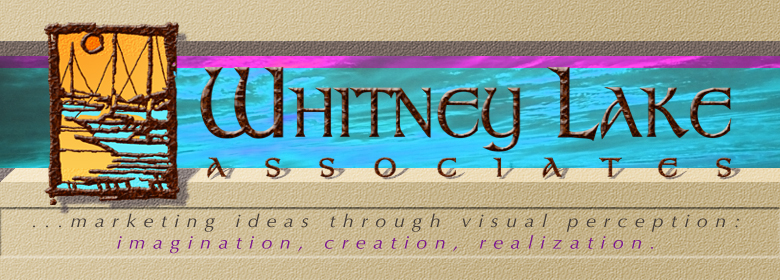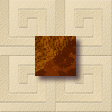


I do renderings for my clients in a hand drawn, watercolor style that can be either tight or loose. It is my personal belief that hand-made artwork will always contain an element of spontaneity and freshness that machine made computer art cannot equal, as well as a human element of approachability, not to mention the very personal gesture of presenting 'real' artwork which suggests refinement and culture, and lends an element of personality, thoughtfulness, and distinction which can combine to create a bond of intrinsic trust and respect with a client.
I also do some 3D computer modeling, and generate hand made artwork from computer layouts. The choice is up to you. I have also been asked on occasion to create a custom style for a particular need, and can create a sylistic 'look' that will be unique to your application.
I also do some 3D computer modeling, and generate hand made artwork from computer layouts. The choice is up to you. I have also been asked on occasion to create a custom style for a particular need, and can create a sylistic 'look' that will be unique to your application.





Pricing:
Pricing is based upon the content of your design, and not nearly as much upon the finished size, although that does have an effect. A pre-engineered steel warehouse that doesn't have much more detail than a raw cube, is obviously not as difficult to do as a medieval gothic church, or a 50 story building. This value of this sort of artwork cannot be judged alone by what one sees as the 'final product'. Many hours of labor go into the process of creating that product: layout of the building to scale in perspective, the addition of 'entourage' and environmental elements, inking, black and white and color scanning, printing, mounting, and hand coloring. Much of the process that is needed to create the image, is never seen by the client. For these reasons, including the fact that each illustration is a completely new, custom job, it is impossible to publish a set of price guidelines. I can however, quote an accurate price for your job once I see your drawings.
Reference materials needed:
Whatever you have, preferably those would include: elevations and floor plans, sections and roof plans, site plan, landscaping plan, photo references, colors and materials.
A personal opinion sidebar on:
The relevance and place of computer generated, graphic productions.
Many companies today are being carried away with a trend of excessive production spurred by computer technologies, that many times, are not cost effective with respect to the profit margin of the project itself. As a society, we see Hollywood and big advertising creating fantastic computer effects and animations for big budget projects, but very few take the time to read the credits at the end of the movie. That which flies by our eyes in the matter of minutes, has a deceptive way of fogging from view the hundreds of specialists working thousands of hours, over sometimes several years to create those visuals. A building with a 1 to even 5 million dollar price tag where the end goal is a building and not the making of pretty pictures for the purpose of entertainment, simply does not have a comparable advertising budget to a Hollywood project with a hundred million dollar budget, or a Super Bowl commercial with its' budget . Architectural illustration is a tool intended to sell a building, not an end in itself; after that, it has served it's purpose and is retired. Too many times, I have seen what should have been a simple sales effort, morph into something unnecessary. Customers need to understand what they are buying, but for the most part, they don't need a Madison Avenue extravaganza. Finished architectural drawings and a commitment to communicating with a client along the way will tell all the details to a client, which may not show up completely within the context of a general 'ambience' rendering on the front side. Two other things that I think are important to remember as well are: 1.) people are curious, and no matter how much detail one is given, one will always want to know a little more, and 2.) people are also savvy enough due to their exposure to glam effects, that they aren't going to sign their financial lives away because we are now able to custom manufacture glorified Gumby scenes in order to pedal sticks and bricks with. We could do well to remember the difference between a sales effort, and an orchestrated production, and how that idea relates to design/development vs the very long, tedious, exacting and expensive process of creating an entertainment dynamo, which for the most part is not warranted.....sometimes less is more, and more is not necessarily better.






• Architectural Illustration / Renderings • Graphic Design • Photography